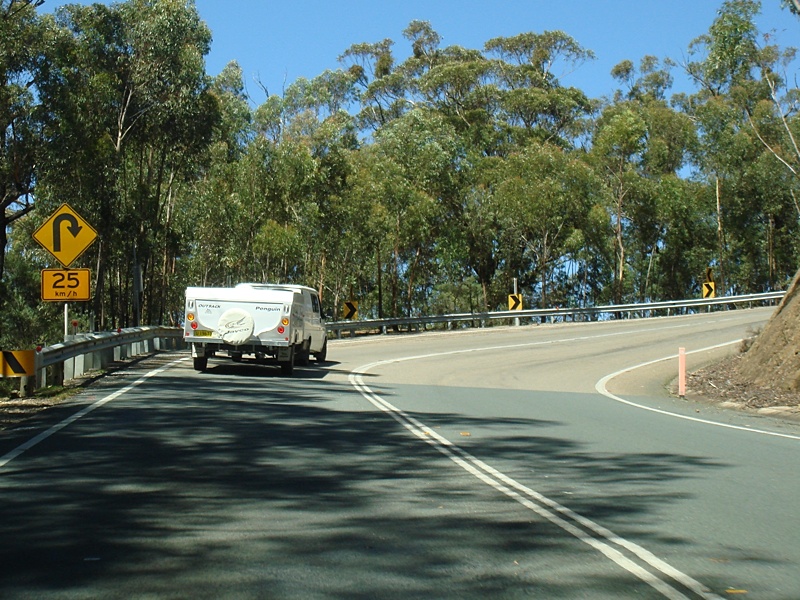
It’s an all-too-familiar scene. Hiking it up and down the Clyde on the way to the South Coast and some poor family is stuck in sweltering heat, watching their smoking bonnet or flashing check engine light, waiting for a tow truck to save them.
Holiday ruined. Spending money gone.
Nat McGahey from CWC Auto Services in Ainslie shakes his head, as he thinks about the one simple thing every family should be doing before they leave to ensure they don’t end up like this.
“Cooling systems, cooling systems, cooling systems,” implores Nat. “It’ll cost you less than $100 to bring your car by for a full check of all the cooling systems. Then at least you can have peace of mind.”
Nat reminds Canberrans that even though their car may seem fine driving to and fro around town, that doesn’t do much to test its health and capability. And the weather has been reasonably cold until just the last few weeks.
“As soon as you start expecting it to drive for two hours straight, up and down one of the hilliest stretches of road this side of the state, you’re asking for trouble. Especially if it’s been a while since your last service or you’re trying to tow something!”
And having a new car doesn’t let you off the hook, he says.
“Some of the newer cars don’t even have a temperature gauge on the dash. But they still have a radiator. Don’t be fooled into thinking that a newer car can never overheat.”
Nat knows the Kings Highway and Clyde Mountain stretch of road well, having lived in Canberra all his life. He started CWC Auto Services in 1980 and has had a thriving business with happy customers for decades.
“We take real care of our customer’s cars,” he says. “That’s why we’re still in business after 36 years.”
According to Nat, summer is also the most popular time of year for buying a new car.
“A lot of cars change hands this time of year. If you’re buying a car, the best thing you can do to potentially save thousands of dollars and hours of agony, is to simply get it checked by a mechanic before you buy it.
It’s not an unreasonable request, and unless the owner is trying to hide something they won’t have a problem with it. Borrow the car for half a day or ask them to drop it off. We’ll do a series of investigations and provide a full report. Then you can make an informed decision as to whether it’s worth the money they’re asking for it.”
Nat has been doing buyer’s checks for 30 years and has always considered it an integral part of his business.
“Cars will always change hands and there are many, many lemons out there. Just make sure you don’t end up with one!”
Buyer’s checks take half a day, and CWC Auto Services offers a free courtesy car as standard.
And before you head to the coast?
“Holidays are great fun,” smiles Nat. “Just get your car checked out first so it can all go as planned.”
To organise an affordable cooling systems check or buyer’s check, call CWC Auto Services on 6247 3601 or book online through their website.
This is a sponsored article, though all opinions are the author’s own. For more information on paid content, see our sponsored content policy.













